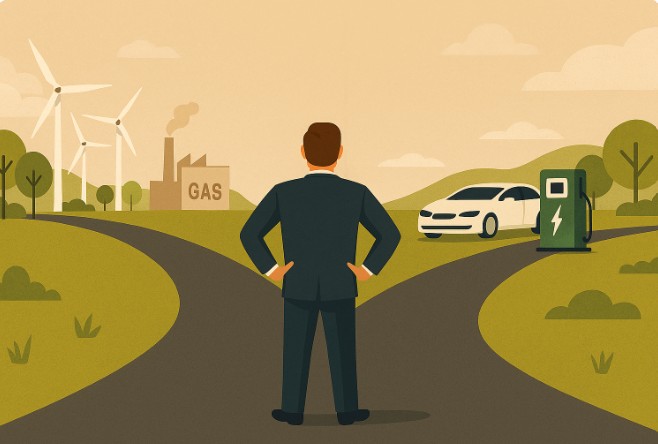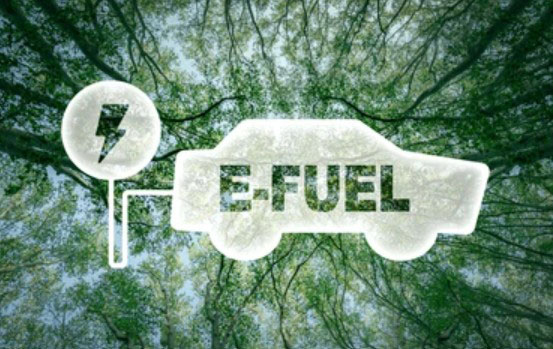June 15, 2021
The report analyzes and presents findings from various publicly available and reliable sources to answer these five key questions:
- Who is the customer?
- When and where does the customer recharge?
- Why does a customer choose a particular recharging facility?
- How do customers interact with charging equipment?
- What do customers do at facilities while charging?
“The EV landscape continues to change at a rapid pace,” said Transportation Energy Institute Executive Director John Eichberger. “The Electric Vehicle Council recognized that the charging infrastructure must be built to satisfy the needs of not just current drivers but also those drivers yet to purchase an EV. The needs and behaviors of early adopters of any technology, including EVs, can be quite different from the needs of those consumers who transition later in the market development curve. This report aggregates current published knowledge about these behaviors and needs to help build an EVSE system that effectively satisfies EV driver demand now and tomorrow.”
With the Biden Administration’s intent to support the expansion of the EV market as a means to combat carbon emissions and the increasing pace of vehicle manufacturers adding EVs to their product lineups in the next five years, it is very likely that the demographics of the EV driver, and with it their individual needs and preferences, will evolve quickly. Today’s top demographic of EV owners are middle-aged white men earning more than $100,000 who own a home with a garage to support home charging. But this profile is expected to normalize and more closely reflect the general population of vehicle owners as more EVs enter the market, increasing options and reducing costs. While current EV owners find ways around the limitations of today’s charging infrastructure, future buyers will likely require greater availability and convenience from the charging network before they purchase their first EV.
“Understanding the various demographics of the EV driver and their associated behaviors is essential to providing them with an EVSE system that supports their needs,” Eichberger explained. “This report dives deep into these five questions, presenting the latest insights from what is currently known. But it goes beyond a simple literature review and uses these insights to create five relatable personas representing potential future EV drivers. This approach helps bring to life how different drivers might use their EVs and what they need from the EVSE system. Deploying chargers to satisfy specific use-cases of EV owners will enhance the value of the system for the end-user and the EVSE host and yield the greatest benefit from the investments.”
EV Consumer Behavior is an important resource for those seeking to expand the market for EVs and build out its supporting infrastructure. By understanding what is known and recognizing what is not known about EV drivers and their needs, decision makers can develop more informed and strategic EVSE deployment plans.





